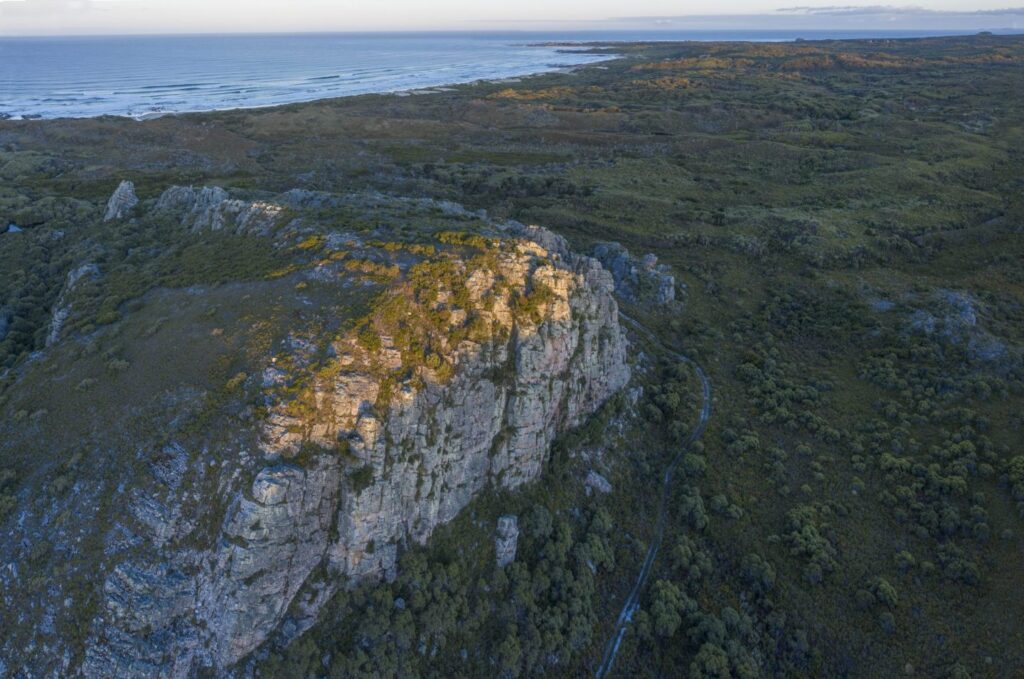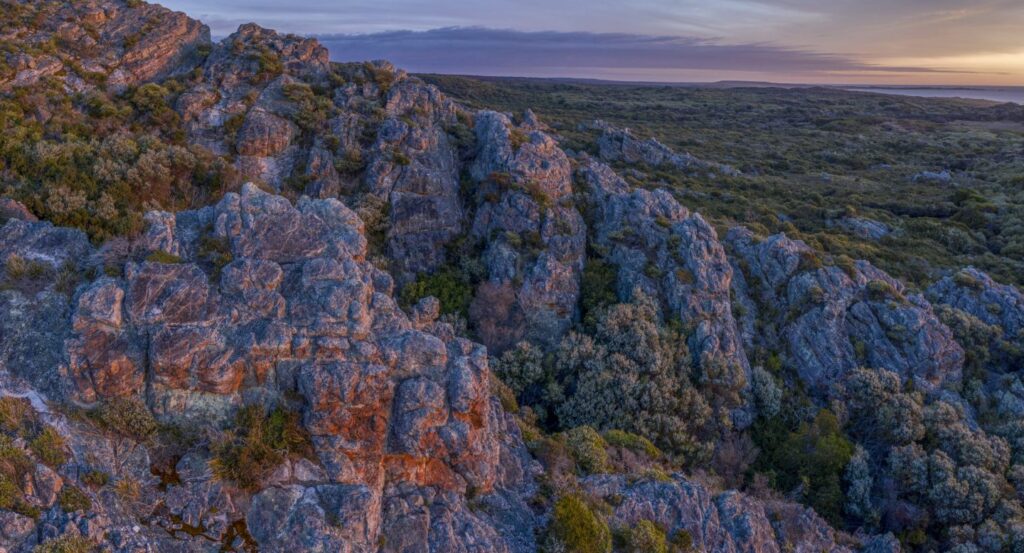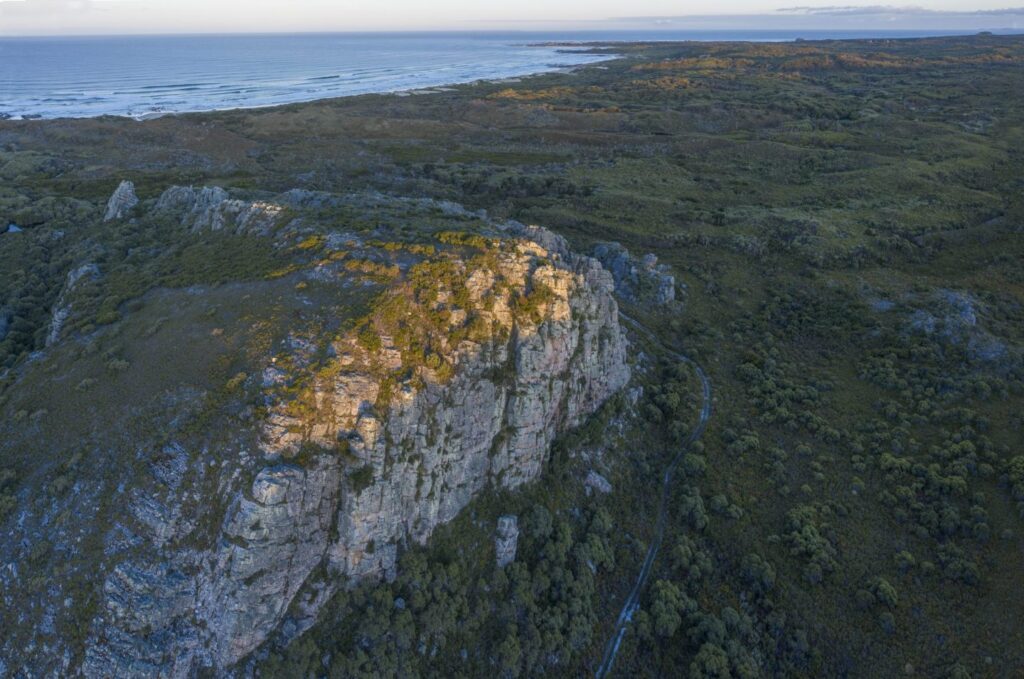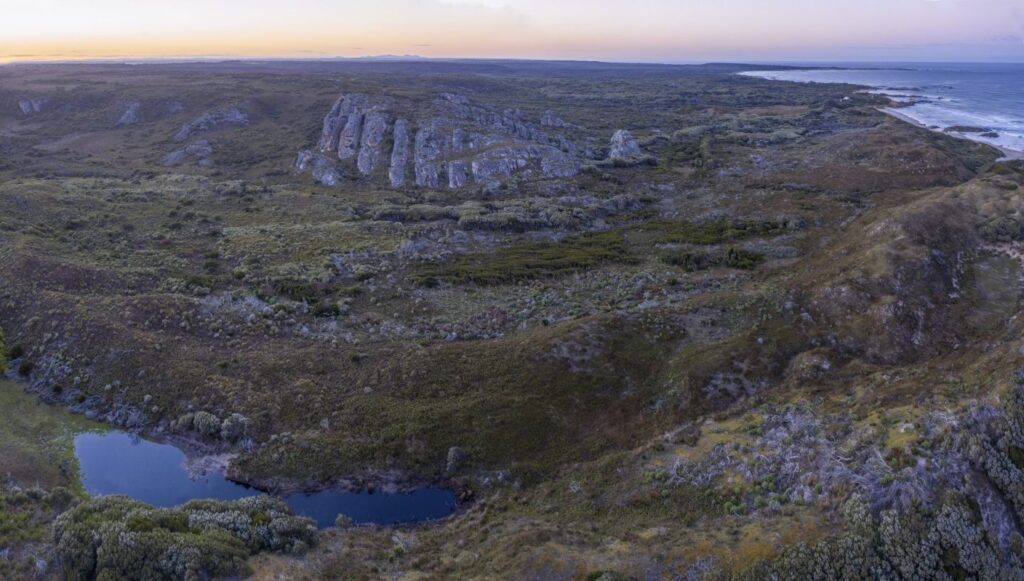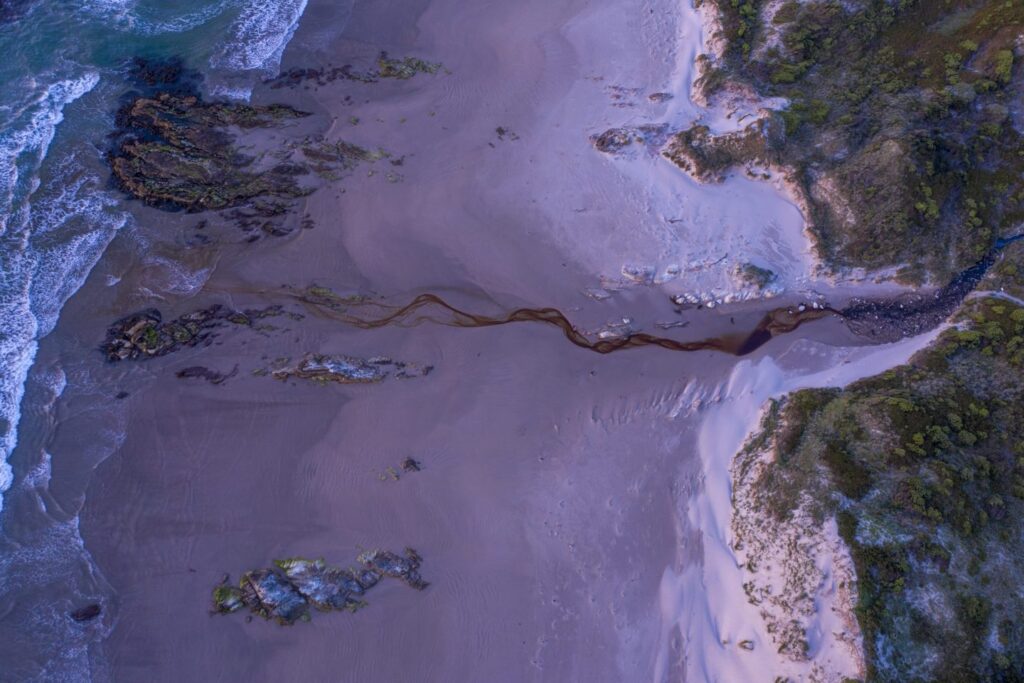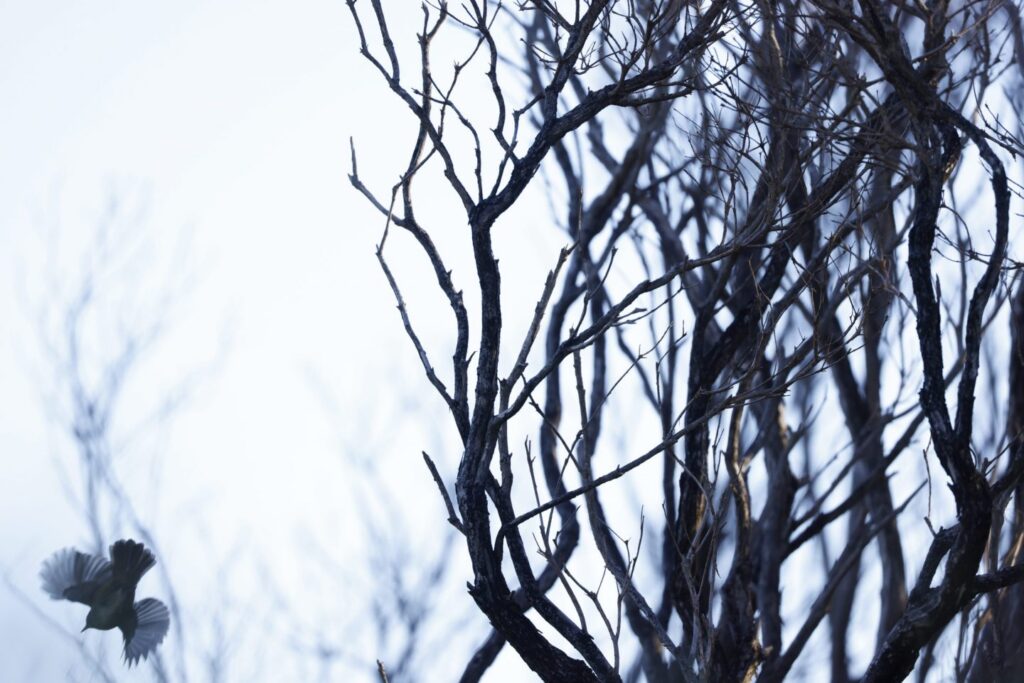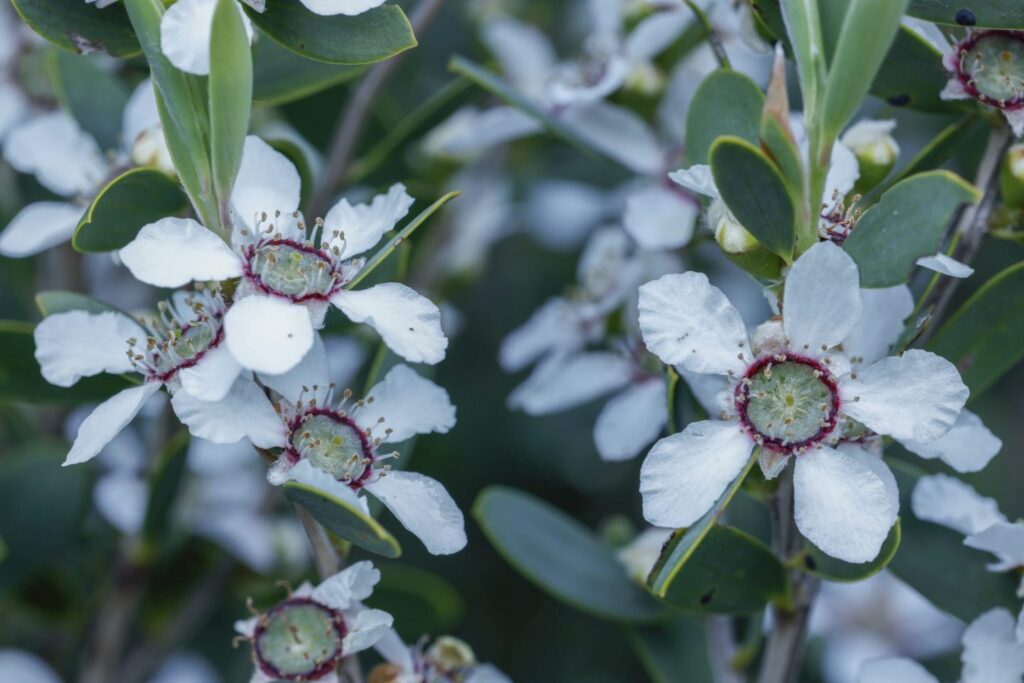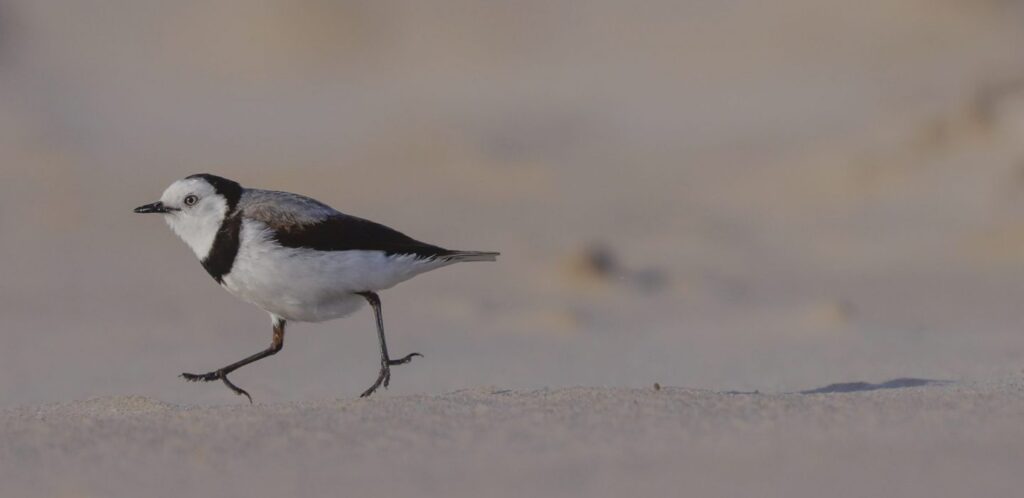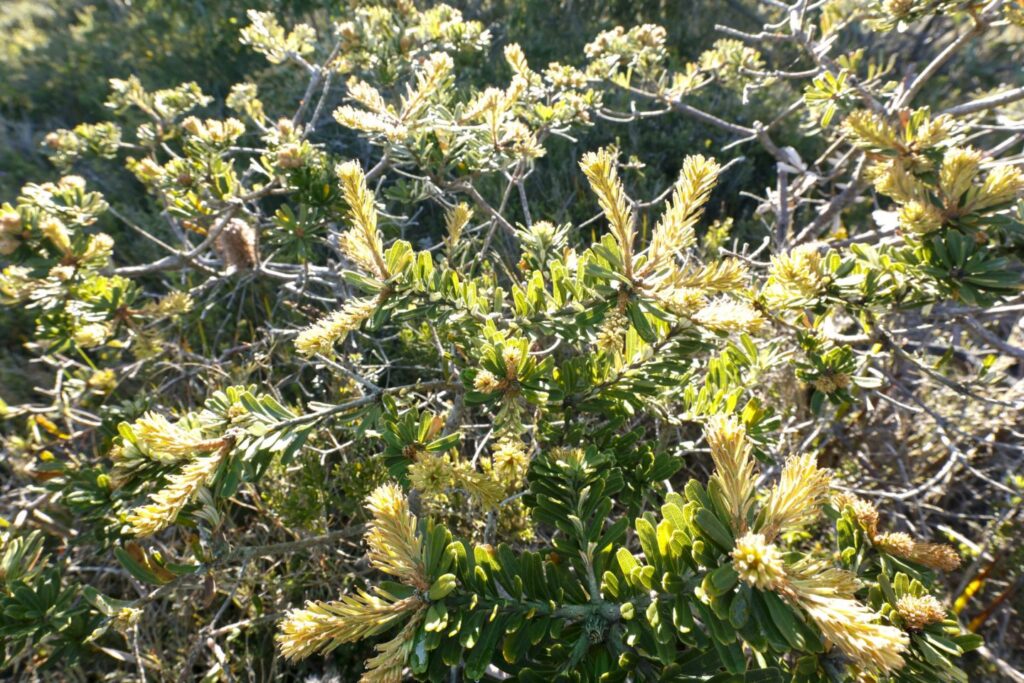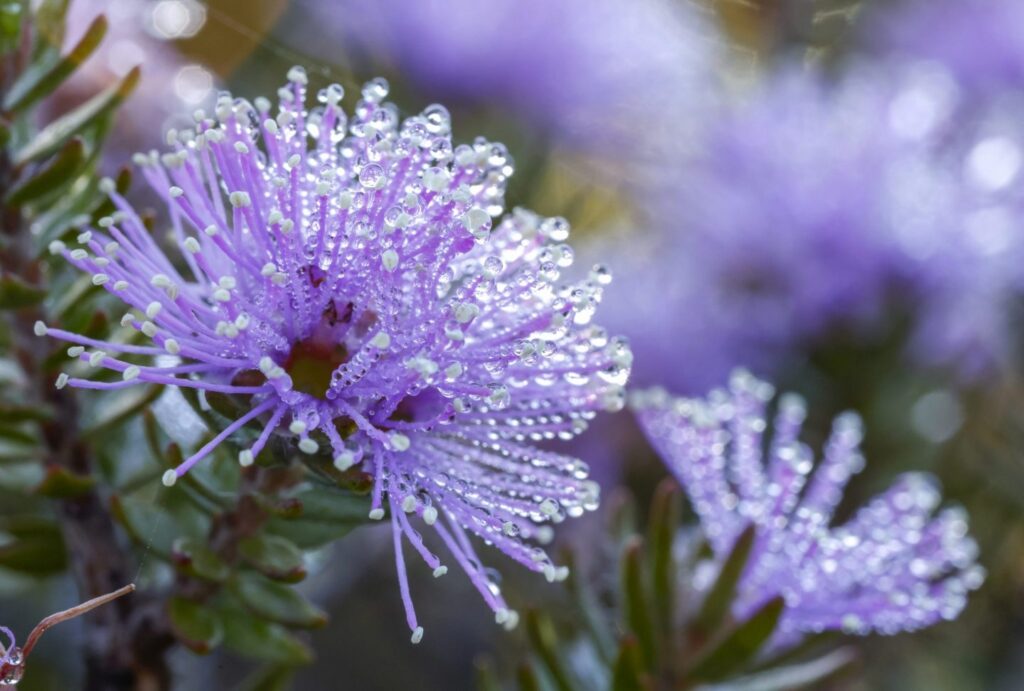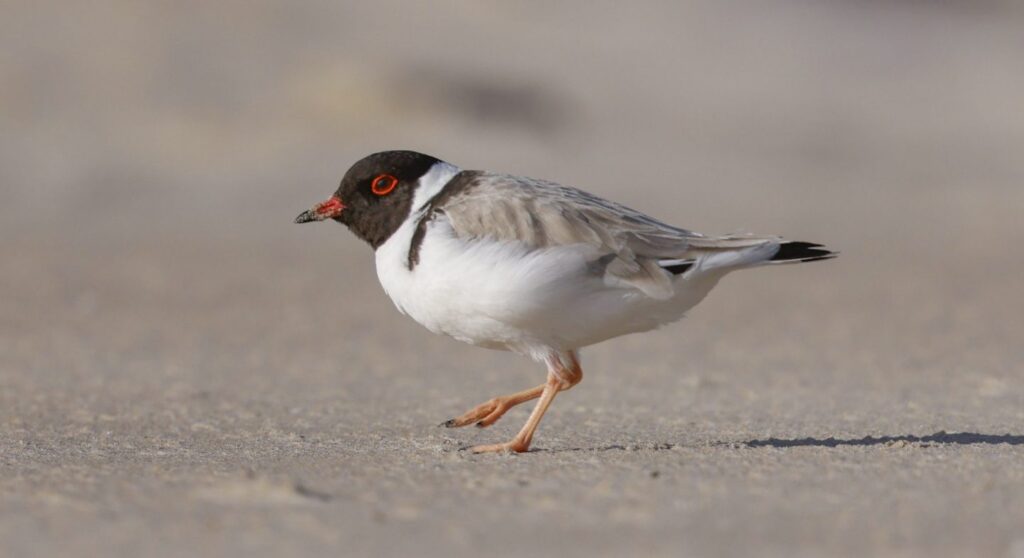Eagle Rock Reserve sits on Tasmania’s west coast, right by the Arthur-Pieman Conservation Area. The reserve was a gift to the TLC from the Elsie Cameron Foundation.
This is the TLC’s first reserve in this region of Tasmania, an area with unique and under-conserved habitats quite distinct from other regions of the state. The TLC has been working to protect nature in the northwest region for more than a decade through covenanting programs, in particular working recently with the Cradle Coast Authority to secure protection for saltmarsh communities and freshwater crayfish habitat; this work is now consolidated with the protection of a reserve. We are proud to participate in the broader effort to protect nature in this region, carried out by dedicated organisations and individuals for decades.
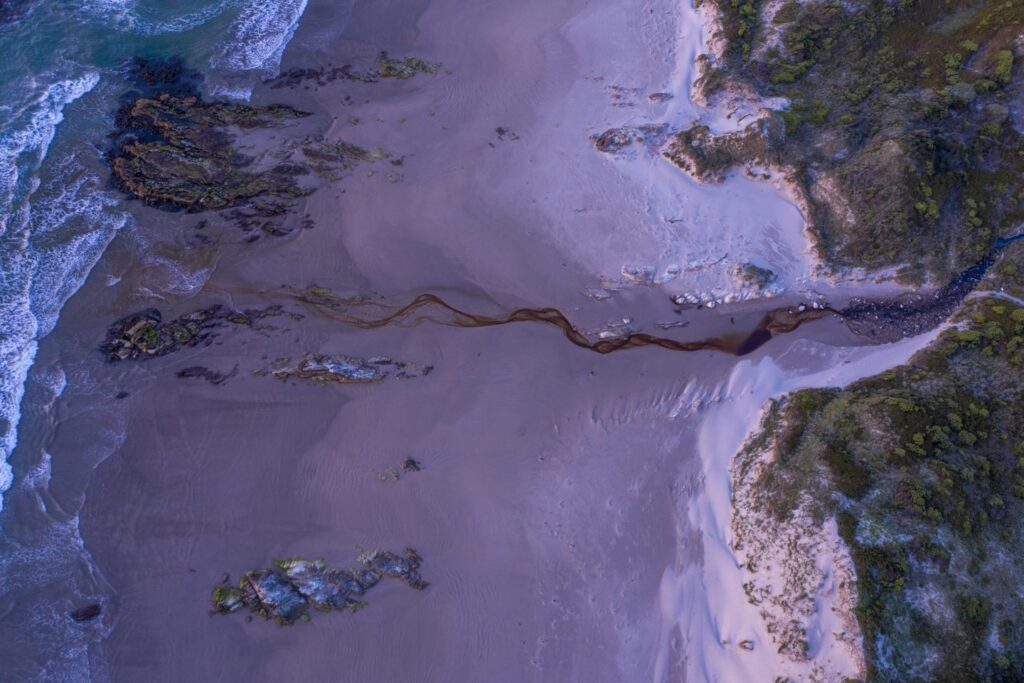
NATURAL VALUES AND CONTEXT
Eagle Rock Reserve is located on Tasmania’s west coast; it is a 176 ha private excision within the Arthur-Pieman Conservation Area and part of the Tarkine, which is considered one of the most significant wilderness, archaeological, aesthetic, conservation, and natural heritage areas in Tasmania. Eagle Rock Reserve is about 6km south of Marrawah and about 10km north of the Arthur River township.
Eagle Rock Reserve is part of an important cultural landscape – it is a near neighbour of King’s Run, where natural and cultural values are protected through the TLC’s partnership with the Bob Brown Foundation, the Aboriginal Land Council of Tasmania and the Indigenous Land and Sea Corporation. King’s Run is managed by the Tasmanian Aboriginal Centre.
The reserve has extensive areas that are relatively undisturbed, providing habitat for native fauna including threatened species such as the orange bellied parrot, wedge tailed eagle and Tasmanian devil, as well as supporting endangered and critically endangered flora.
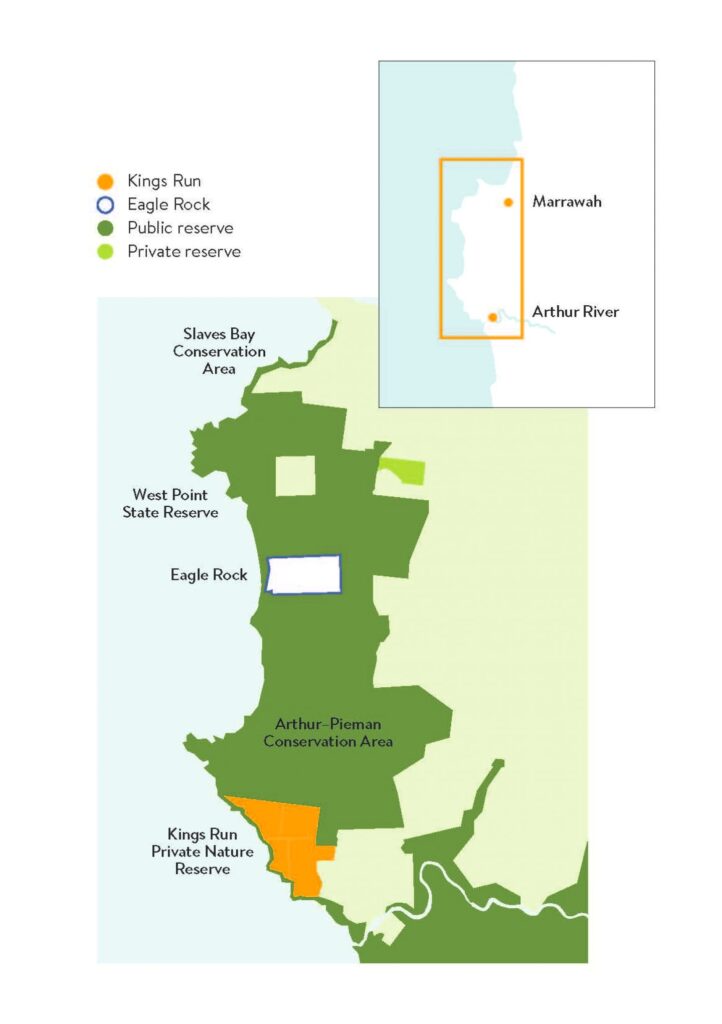
The vegetation comprises a mosaic of coastal heathland, wetland and small areas of dry coastal eucalypt forest. Eighteen threatened flora species have been recorded on or within 500 m of the property, including one critically endangered orchid (Prasophyllum favonium). A further 16 threatened flora species have been recorded within 500 m of the property and are likely to be found at Eagle Rock once the area has had further monitoring; these species are largely cryptic orchids, trigger plants and eyebrights.
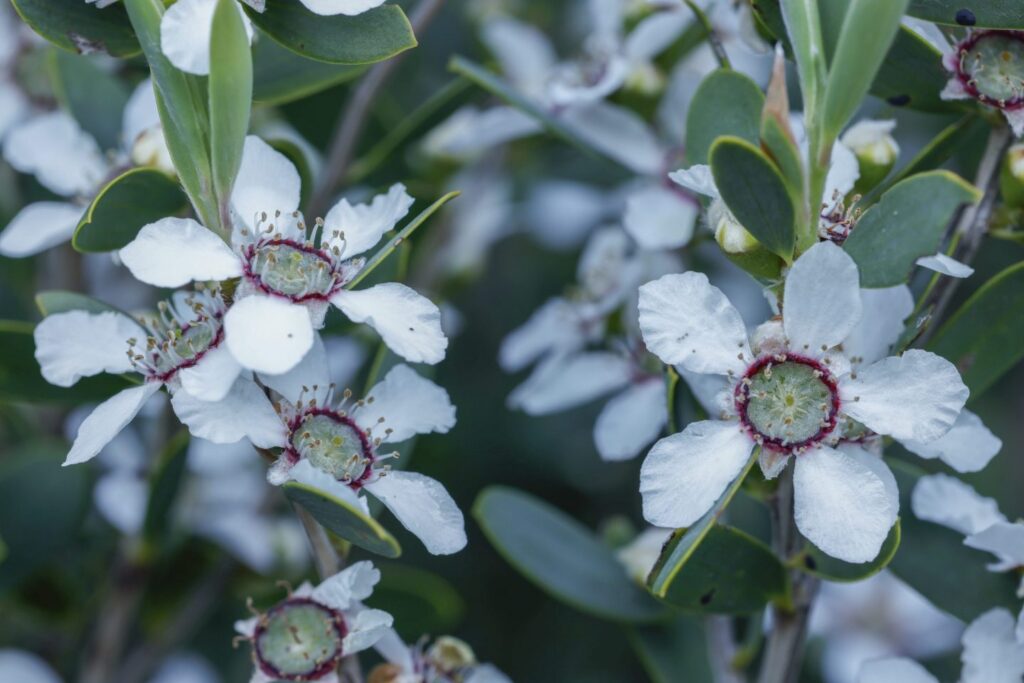
Nine threatened fauna species have been recorded on or within 500 m of the property, notably the orange-bellied parrot. While the property does not take in the coastline, which is Crown land, it does control access to the beach, helping us protect two threatened species, the hooded plover and little tern, which are found there. The Eagle Rock property is known to historically provide nesting habitat for raptors, including the Tasmanian wedge tailed eagle, white-bellied sea-eagle and grey goshawk. Spotted-tail quolls, striped marsh frogs and Marrawah skippers can all be found on the reserve.
Dr David Hamilton, TLC Conservation Ecologist and Tasmanian devil researcher with UTAS, says that ‘West coast Tasmanian devils are becoming increasingly vital to the recovery of this species across the state. This is the most genetically diverse devil population, and one where we’ve seen some notable recoveries from facial tumour disease. I’m delighted that the TLC has the chance to protect a landscape that is home to these animals, and that we’re playing our part in protecting them for the future.’
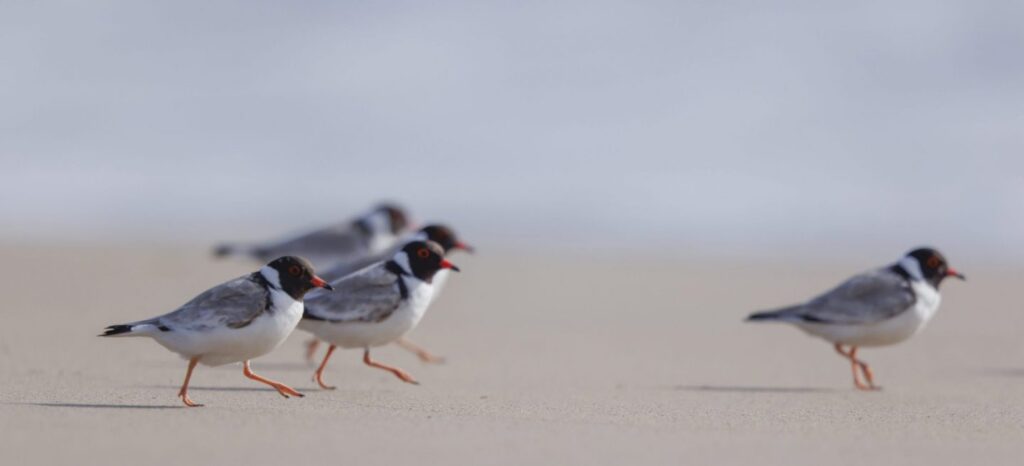
MANAGING THE RESERVE
While we have a broadscale idea of the vegetation communities found on the reserve, one of our first steps will be to accurately map these communities. The understorey vegetation is diverse and structurally complex and appears to be largely weed-free throughout. The vegetation communities on the property are fire-prone, being large coastal heaths and scrubs. There have been multiple fires over the past 20-25 years, and we will be investigating an appropriate fire regime for the property.
